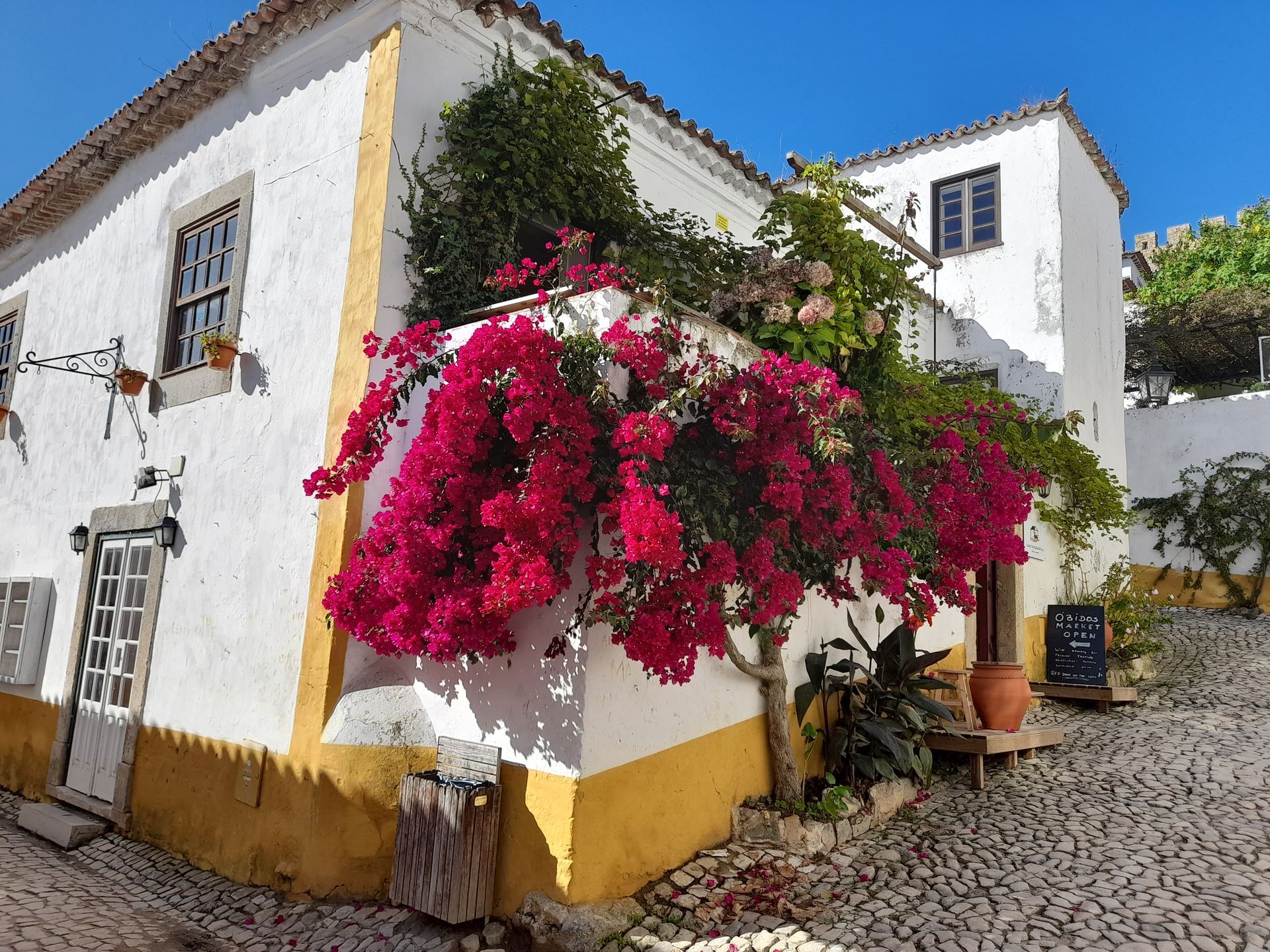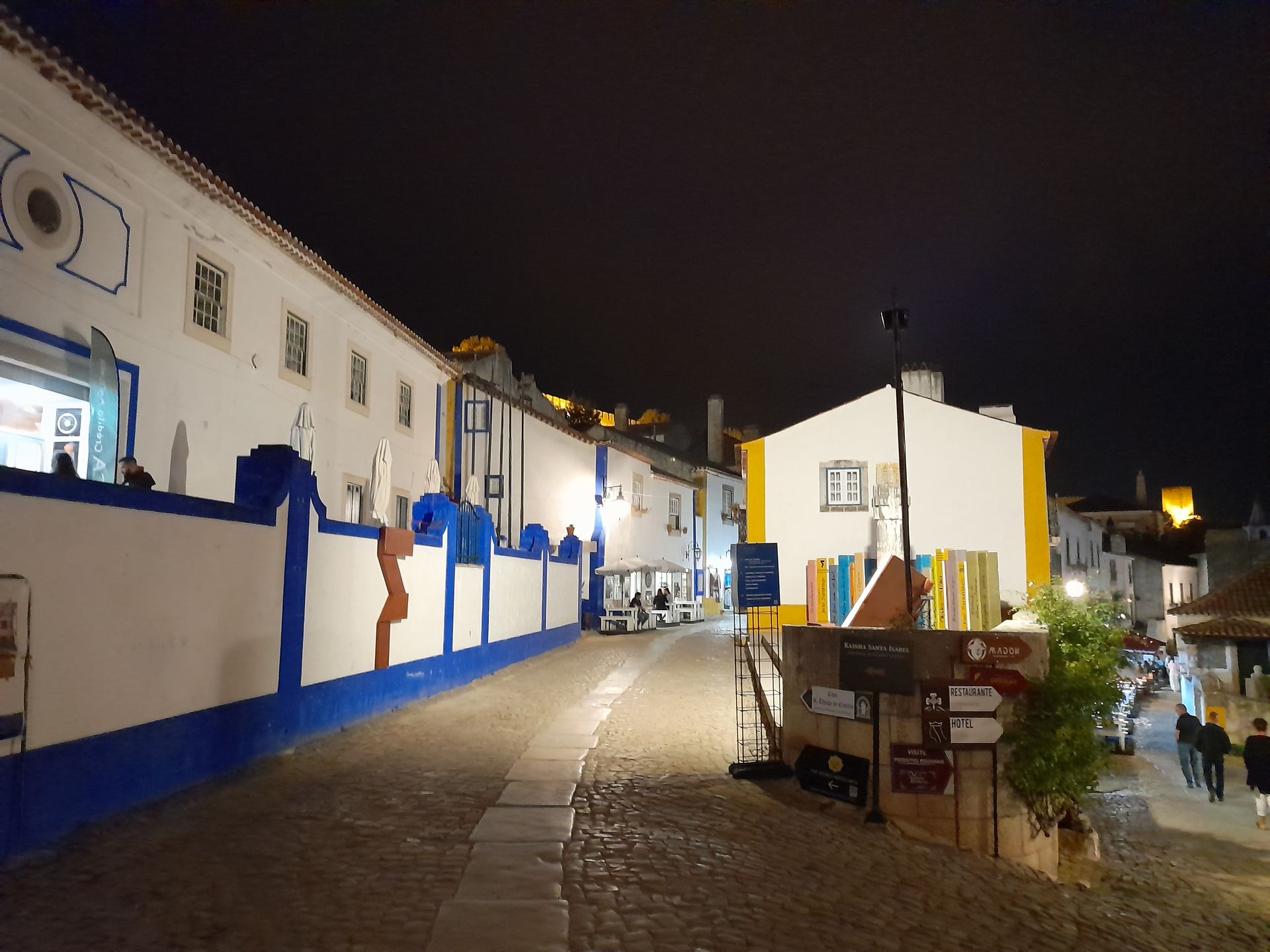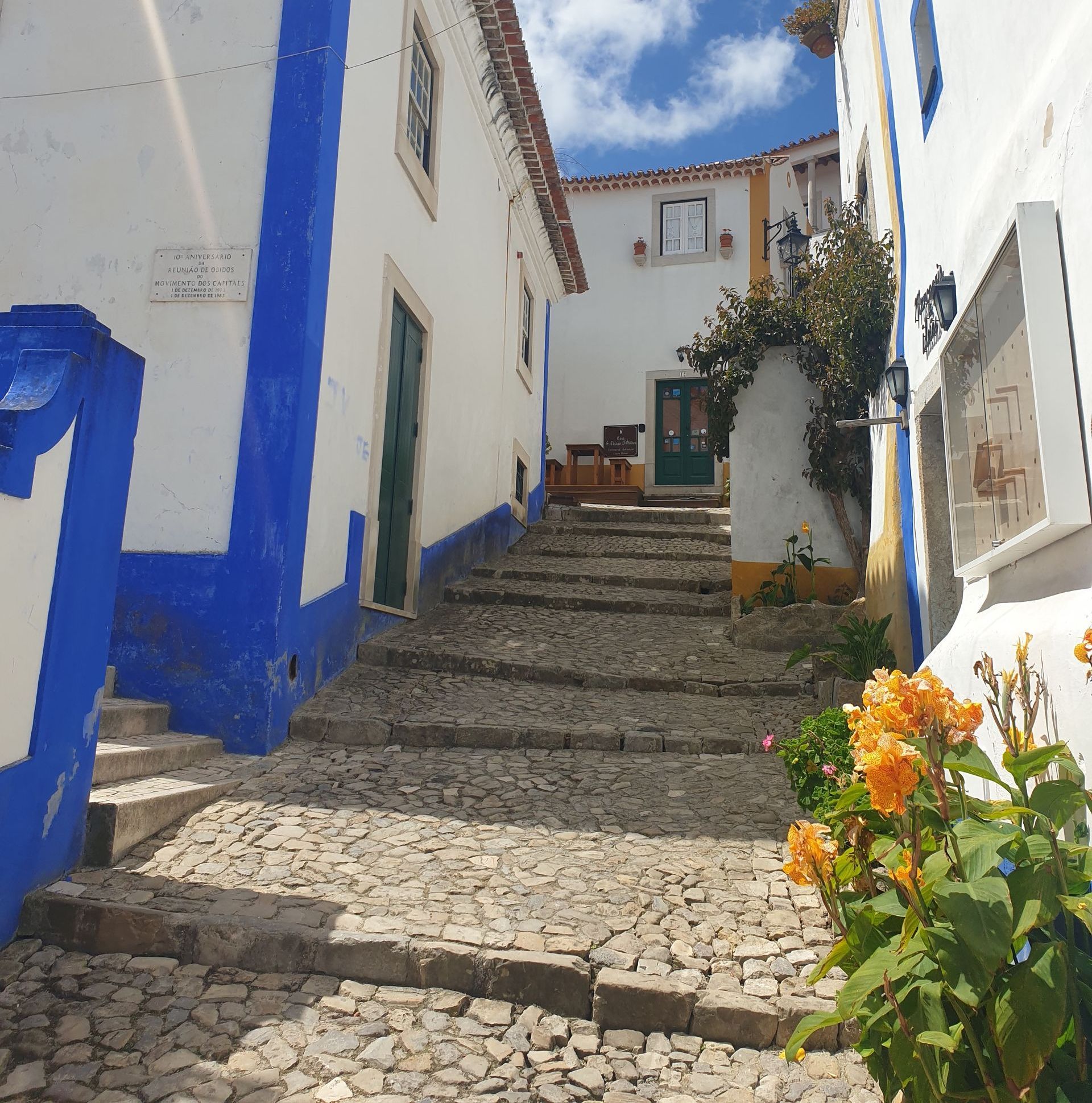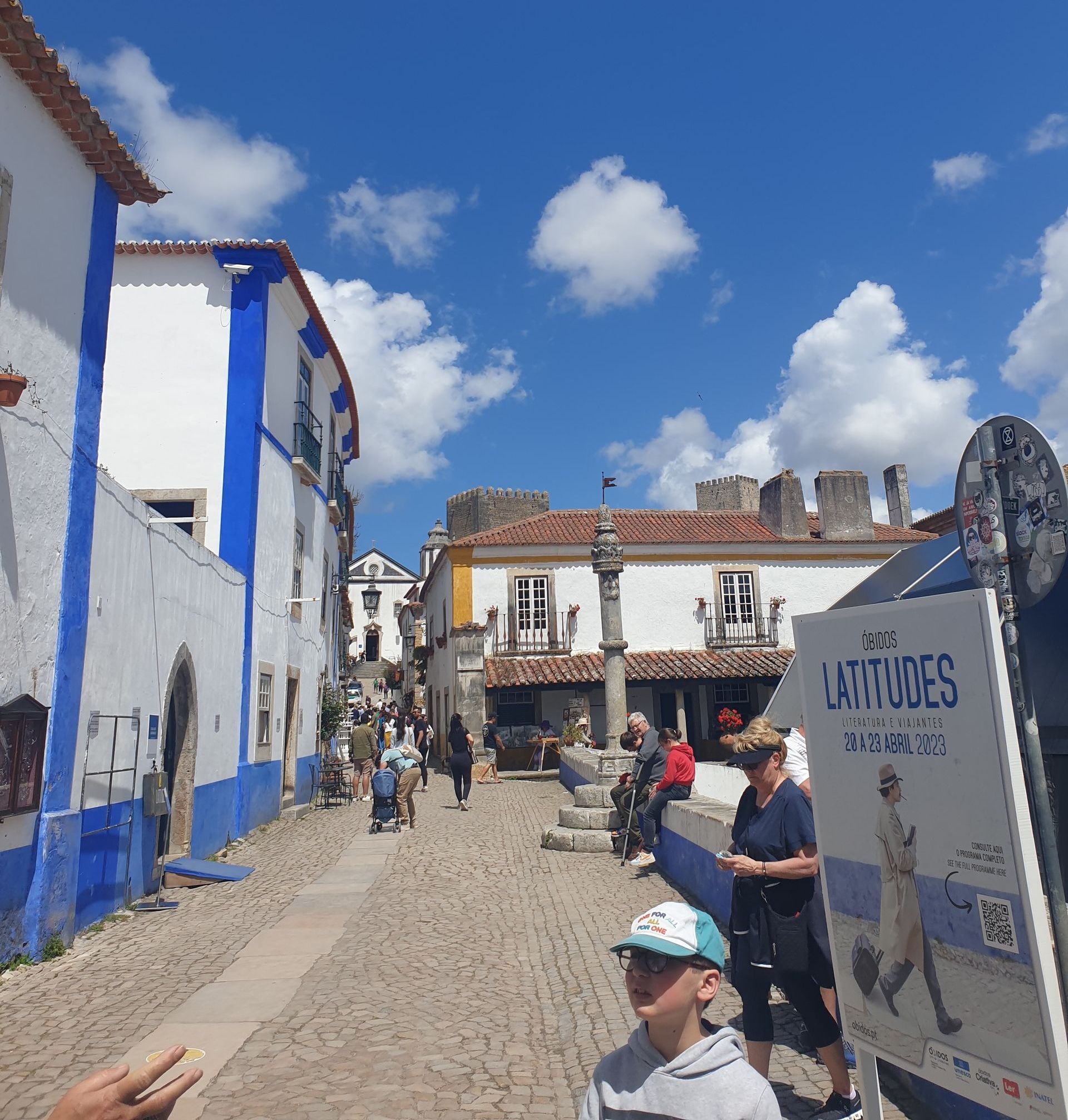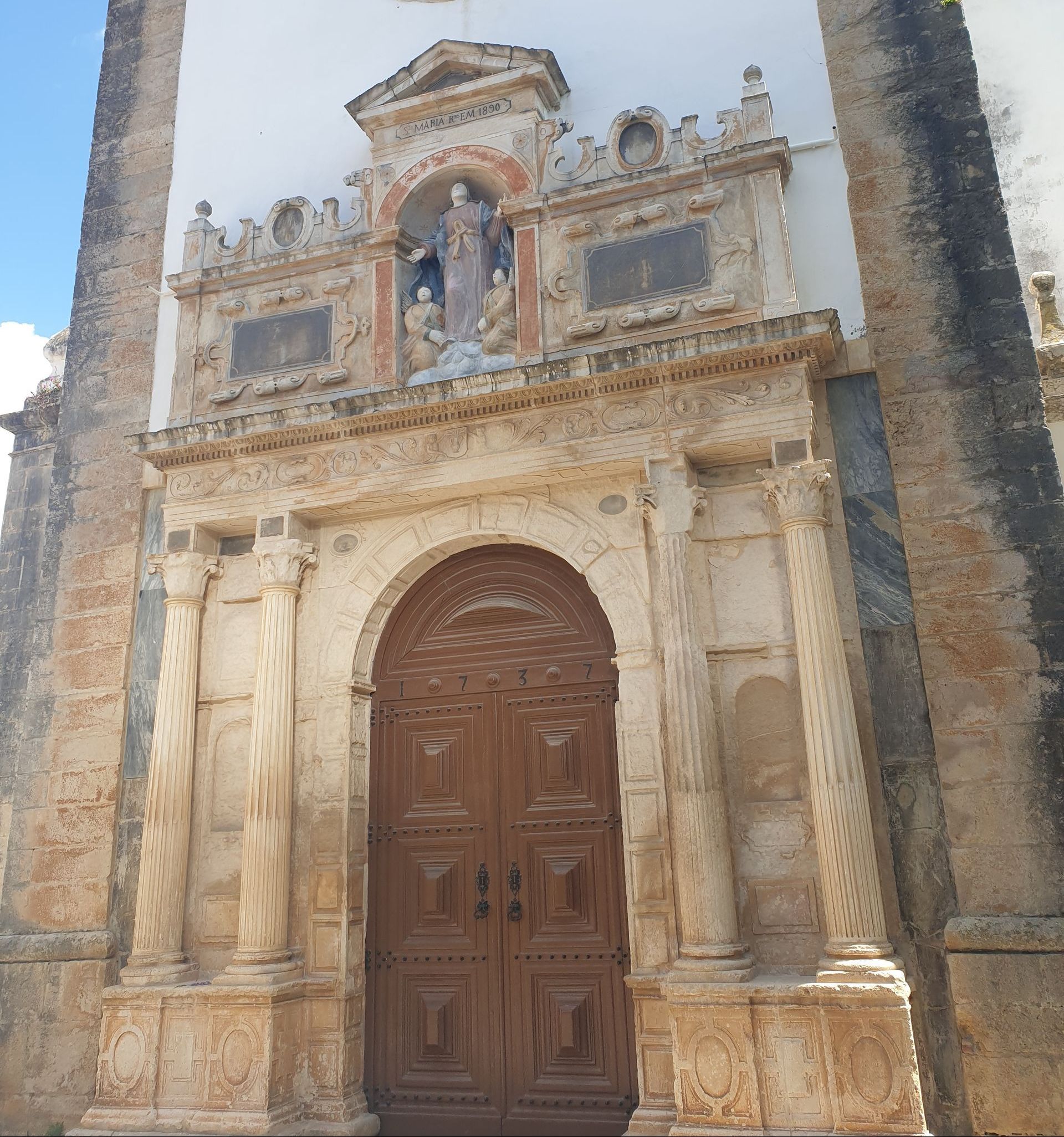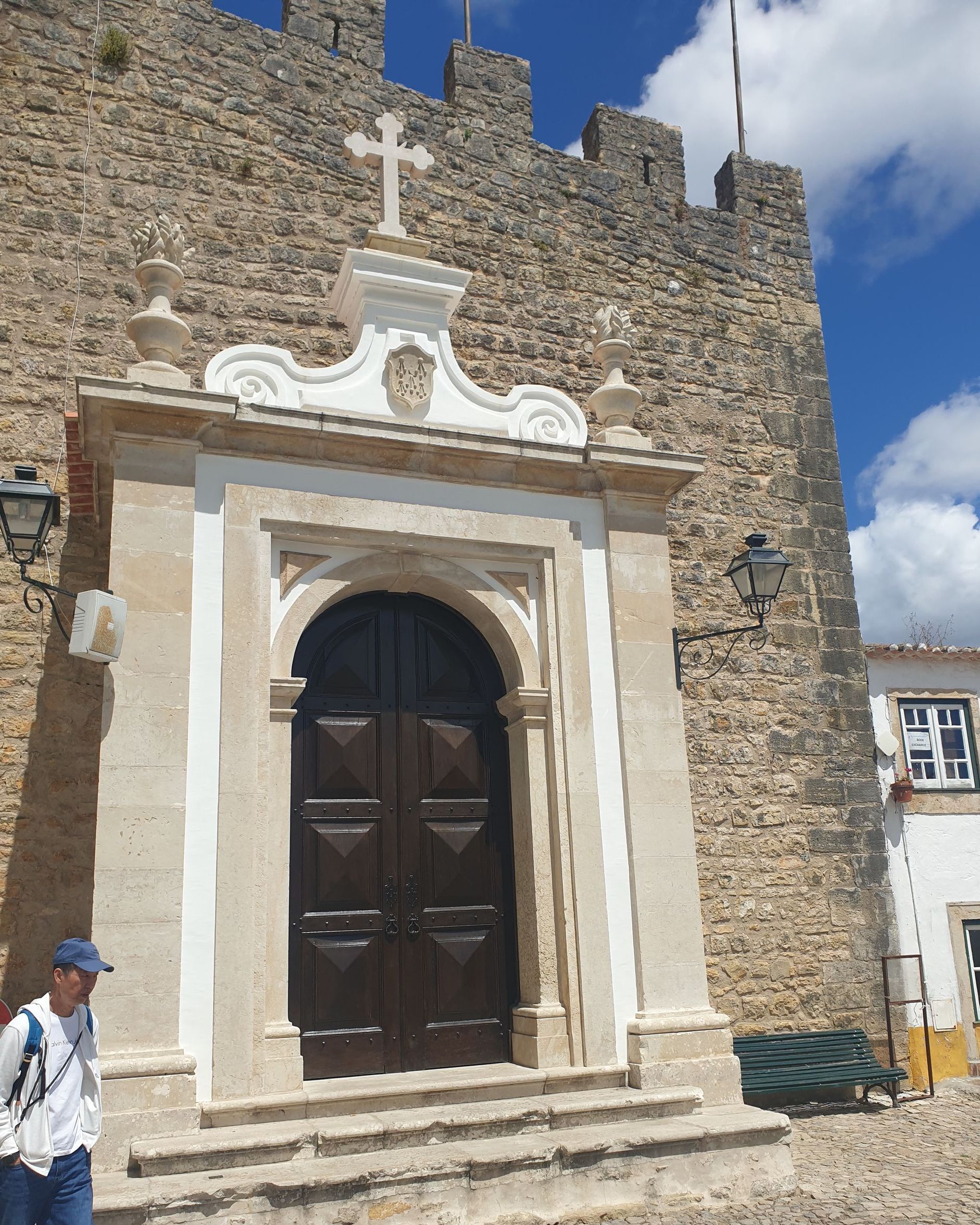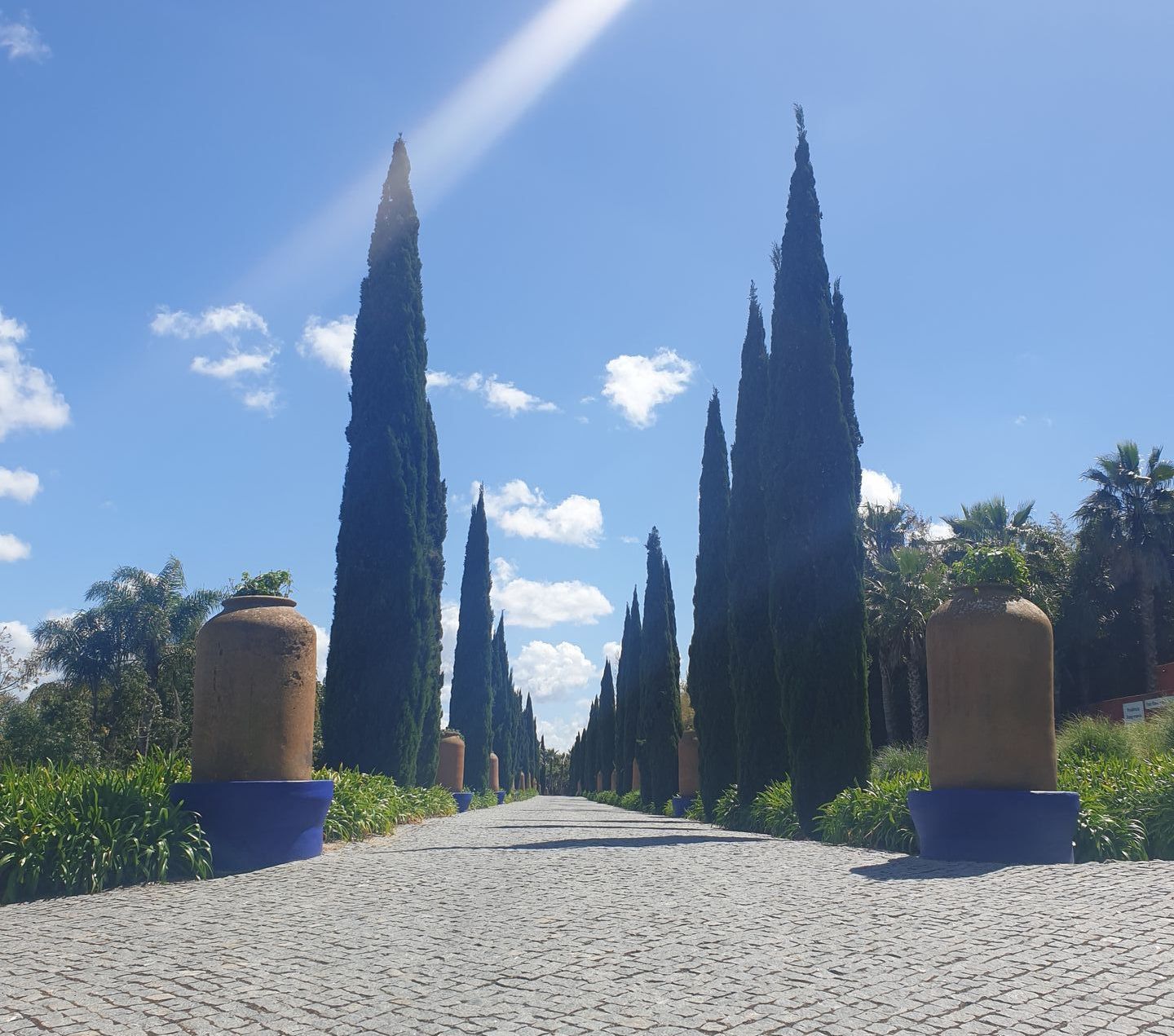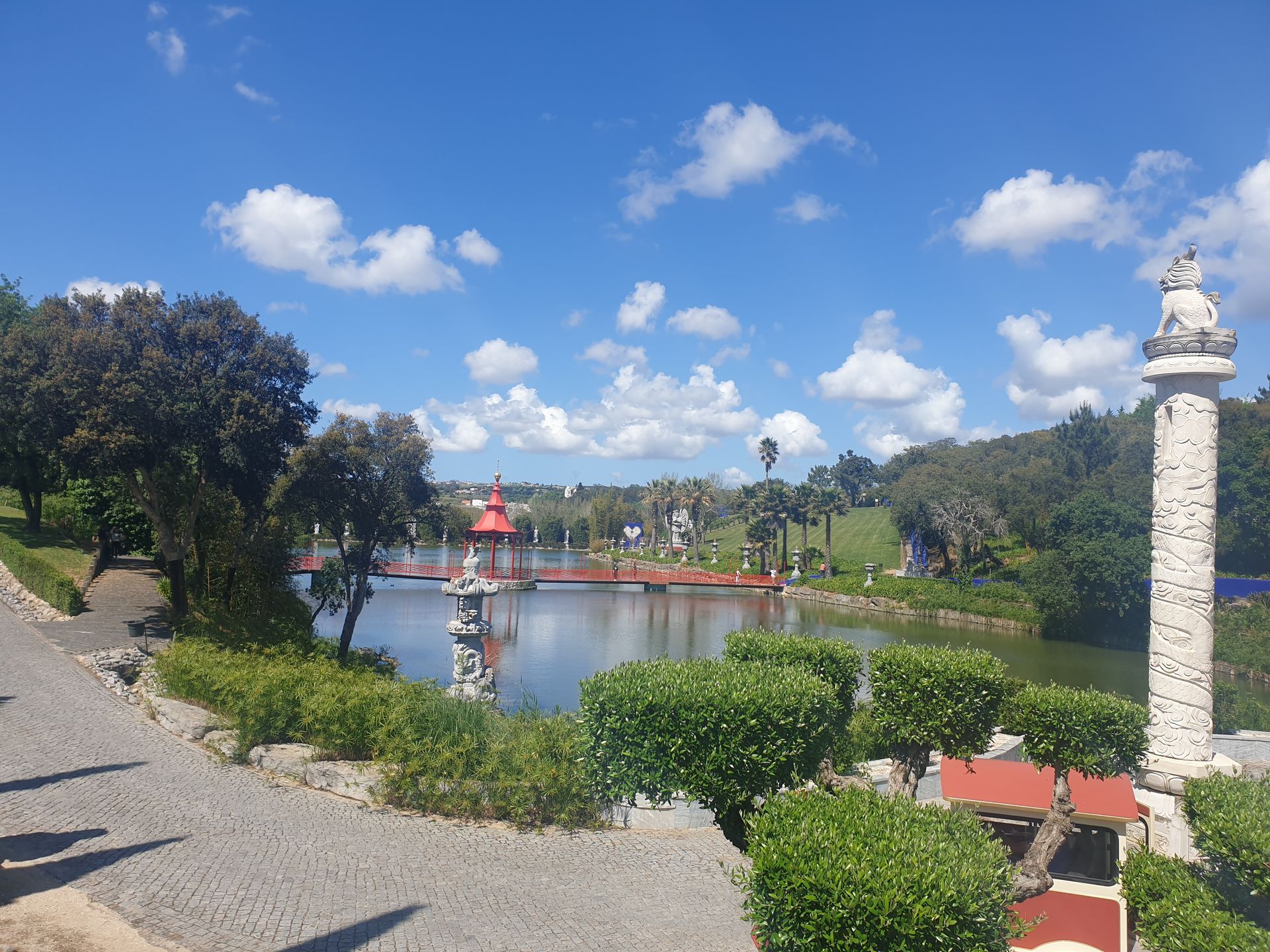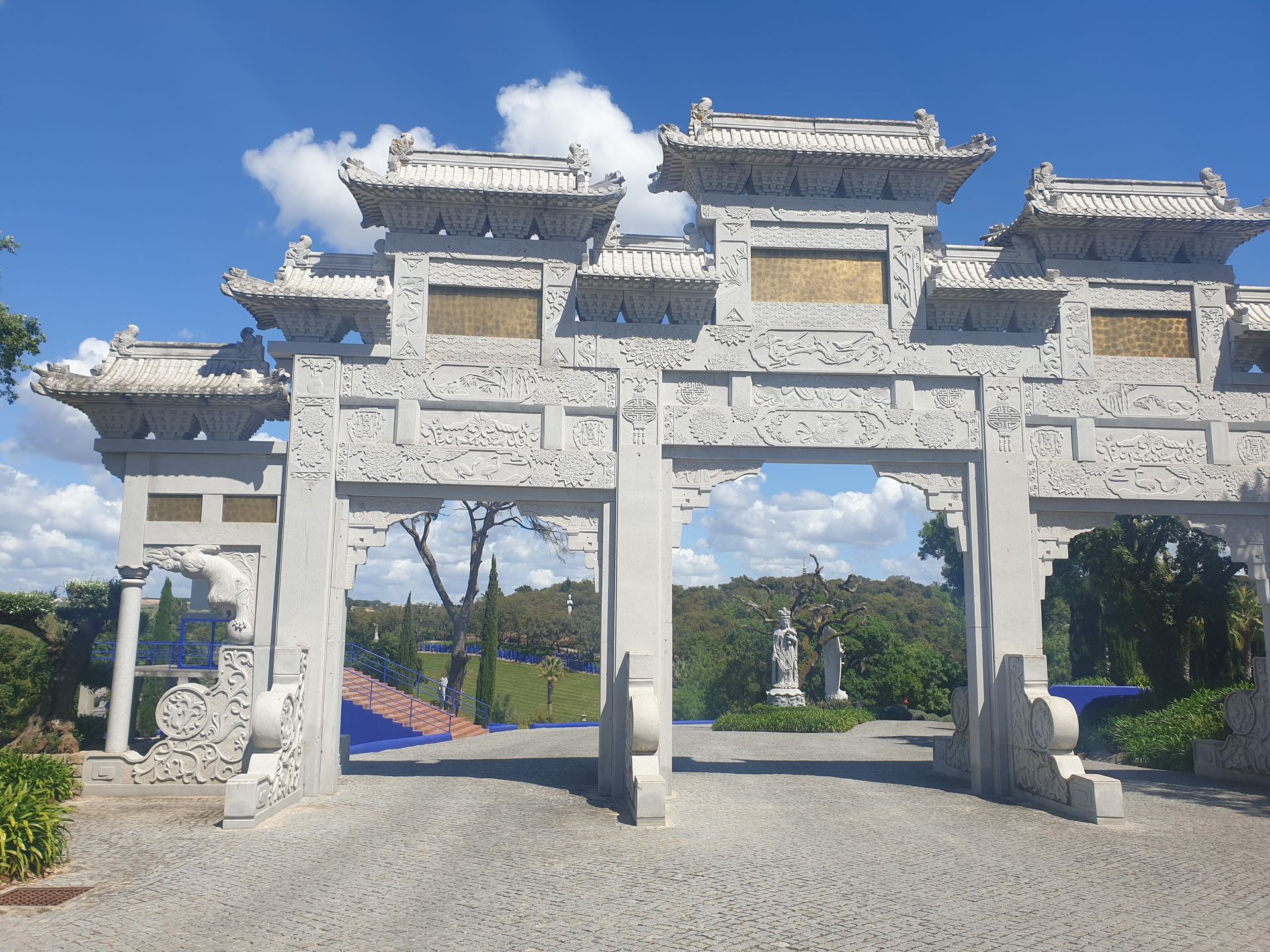FULL DAY TOUR ÓBIDOS AND BUDDA PARK
The Queen’s village with a surrounding medieval castle.
The largest oriental theme garden and park with thousands of statues.
Pick up and drop off included.
All tickets and lunch included.
We adjust the itinerary to any slight mobility issue.
This Tour starts at Lisbon.
Pickup in Lisbon
Drive to Óbidos
The area was taken from the Moors by Portugal's first king, Afonso Henriques, in 1148. Tradition states that a knight, Gonçalo Mendes da Maia, was responsible for the successful capture of the Moors
The recapture of Óbidos constituted the last stage of the process of conquest of the region of Extremadura, after the colonies of Santarém, Lisbon and Torres Vedras. Following control of the region, the colony received its first formal charter in 1195, during the reign of King Sancho I.
In 1210, King Afonso II gave the title of this village to Queen Urraca. Since then, Óbidos has often been frequented by the queens of Portugal, giving rise to its informal title Vila das Rainhas (English: City of Queens)
Several royal wives enriched the village with gifts from the Middle Ages until the 16th century.
The castle and walls of Óbidos were remodeled during the reign of King Dinis I. The limestone and marble structure was strengthened and elaborated, while the keep was created in the 14th century by King Fernando.
By the time of the first renovation project, the settlements had also developed beyond the castle gates.
The Church of Santa Maria d'Óbidos was the scene of the marriage of King Afonso V to his cousin, Princess Isabella of Coimbra, on August 15, 1441, when they were both still children aged 9 and 10 respectively. Administrative reforms carried out by King Manuel I in Óbidos in 1513, included the institution of a formal charter and major requalification of the urban area.
The earthquake of 1755 caused damage to the village walls, some churches and many buildings, and resulted in the loss of Arab or medieval-inspired architecture.
Likewise, the Peninsular Wars were fought in close proximity of Óbidos, including the battle of Roliça.
More recently, the village was a center of government and meeting place for those who participated in the Carnation Revolution of 1974, linking it to the Armed Forces Movement Revolt. Óbidos hosts, every July, a traditional 'medieval market'. For two weeks the castle and its surroundings recreate the spirit of medieval Europe. Flowing banners and heraldic flags set the mood together with hundreds of performers and dressed as merchants, jugglers, jesters, wandering minstrels, soldiers and more. Visitors can shop in traditional craft shops or watch medieval shows, horse demonstrations and a costume parade that winds its way through the streets.
There are also displays of knights in jousting and armed combat.
Spit-roasted pork, hearty soups, rabbit, lamb, cod, quail, sausages and other grilled meats are just some of the numerous medieval-style meals offered in dozens of “taverns” and stalls spread throughout the market. While drinking in pewter tankards and eating from a wooden slicer everything adds to the experience.
Also at Christmas, the city is decorated to the delight of children. Vila Natal is built within the walls of the Castle and once again, just like during the medieval festival, the locals volunteer to disguise themselves to take part in this celebration.
To obtain these pro bono volunteers, the City Hall offers a tax reduction to citizens who participate in these festivities, which are mutually beneficial; because these festivities attract a lot of people to the city of Óbidos, especially Portuguese citizens, but also sure a lot of foreign tourists.
Sometimes the traffic is so heavy, the number of people is so high that the highway exit has to be closed and no cars are allowed to enter the city anymore.
Another popular annual event is the Chocolate Festival. In addition to the market, where you can buy a wide variety of types of chocolate, giant chocolate sculptures are also exhibited, which arouse great interest due to their originality.
Also inside the Church of Santa Maria, we can find religious paintings by the Josefa de Óbidos (1630-1684). Daughter of a Portuguese who went to Seville to learn painting techniques, and who ended up marrying her master's daughter, returning to Óbidos after Josefa's birth.
Josefa specialized in religious motifs and therefore received numerous commissions for paintings from the church. Some years ago the Louvre Museum acquired one of his works which exhibits today, and here in this church we can appreciate five of them: the mystical marriage of Saint Catherine with Christ, Saint Catherine explaining the doctrine to the theologians of Alexandria, the moment when God breaks the wheel where Saint Catherine was tortured and takes with her to heaven, and Saint Thérèse inspired by the Holy Spirit, as well as the penitent Magdalene.
The artist is buried in Óbidos, in the nearby Church of São Pedro.
Paintings by Joséfa de Óbidos can be found in almost all national museums, including the National Museum of Ancient Art in Lisbon.
After the visit we head to a local restaurant for a delicious typical meal.
Car trip to Bombarral.
Visit to Budda Eden Park
An amazing estate, where wine meets art in the arms of Nature.
From Buddhas, pagodas, terracotta statues and the various carefully-placed sculptures which can be found throughout the gardens, it is estimated that more than six thousand tons of marble and granite were used to create this monumental work of art. The central staircase is the focal point of the garden, where the golden Buddhas offer you a calm welcome. At the central lake, KOI fish can be seen, and sculpted dragons rise out of the water. The Modern and Contemporary Sculpture Garden provides a space in nature to appreciate modern art. The African Sculpture Garden is dedicated to the Shona people of Zimbabwe who have been hand-sculpting stone into works of art for nearly a thousand years. The Shona believes in ancestral spirits known as "Vadzimu". In their sculptures they demonstrate the unity between these two worlds, the physical and the spiritual.
Enjoy the complimentary train ride (no reservations allowed, might take some waiting) to visit the Park, stopping along the way for pictures and better enjoyment.
Before leaving, lets enjoy a refreshing drink in the garden terrace.
You will also have enough time to visit the famous Bacalhôa wine store.
Return to Lisbon


